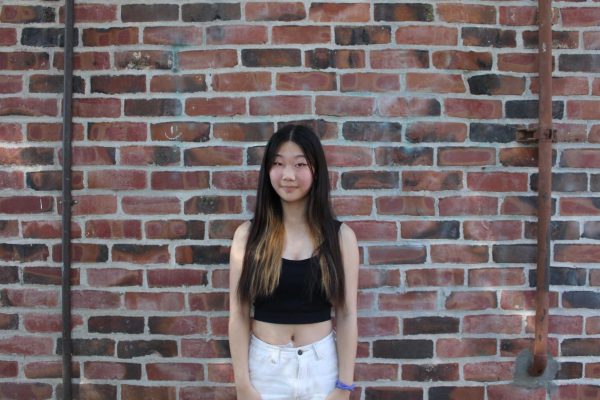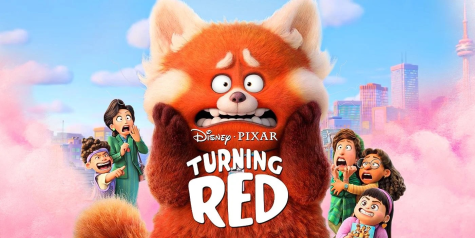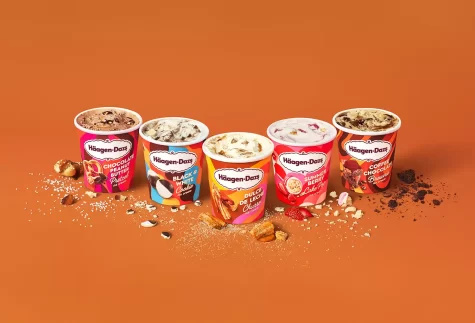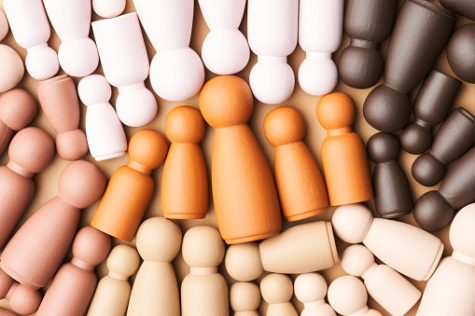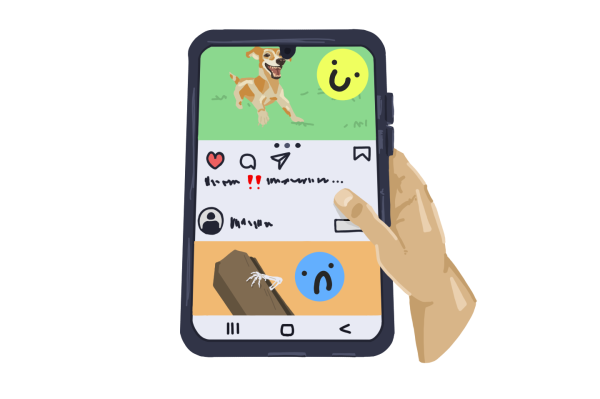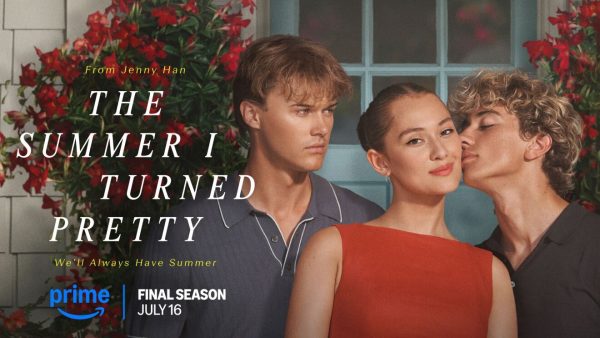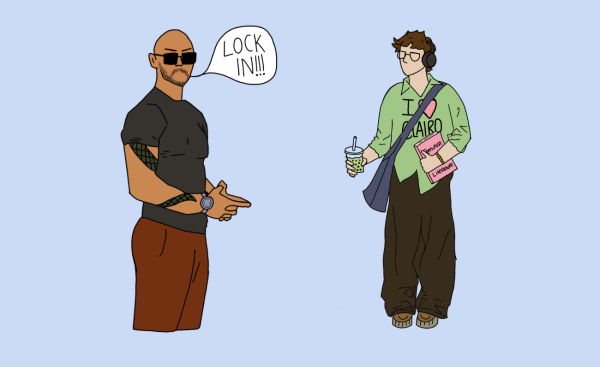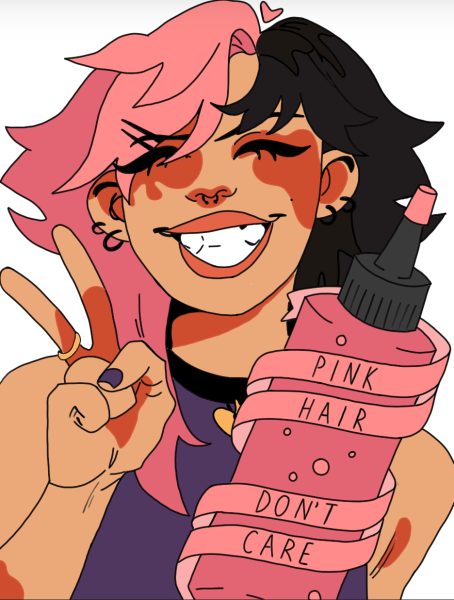Disney’s Disturbingly Racist Past
Who could ever forget about timeless Disney films like Aladdin, Lady and the Tramp or The Jungle Book? When you watch some old films like these on Disney+, you may see a disclaimer pop up at the beginning about racial stereotypes in the movie. The 12 second disclaimer acknowledges that “negative depictions and/or mistreatment of people or cultures…were wrong then and are wrong now.” The disclaimer is a pretty commendable step, but it doesn’t erase years of racist stereotypes Disney portrayed that was marketed as wholesome and innocent.
In 1941’s Dumbo, Dumbo meets a friendly pack of crows, which wasn’t a problem until we found out the leader of the crows is named Jim Crow, an obvious reference to the laws that enforced racial segregation in the Southern United States. In 1953’s Peter Pan, the Native American culture is depicted in a demeaning stereotypical way. These Native Americans speak in nonsensical gibberish instead of actual indigenous languages, smoke excessively and even sing a song called, What Makes the Red Man Red?, which already sounds offensive without listening to the song. Not to mention the cultural appropriation featured, with the characters wearing exaggerated headdresses. Song of the South romanticizes the post-Civil War life of African Americans and is still considered the most offensive release by Disney and remains locked inside of Disney’s vault to never be mentioned again. Unfortunately, the list of content featuring microaggressions to outright racism goes on and on.
As Disney makes tons of movies directed at children, representation is even more important. Many children who grew up with original Disney movies that provided racist depictions of characters may have been influenced into thinking that these depictions were okay because it was a funny cartoon, when in reality it wasn’t. Diversity in Disney is improving, but is still limited, so kids in the minority have a harder time relating to the characters. For example, princesses like Cinderella and Belle look like a lot of small girls in the U.S, but for an Asian girl, her options are limited to Mulan.
Of course, although the past is unerasable, Disney has come a long way from where it used to be. With more recent culturally diverse films like Big Hero 6, Moana and Coco, it should be safe to say that Disney is moving in the right direction. Disney still has a long way to go in terms of diversity and inclusion, hopefully they can continue to bring us more culturally diverse characters in the future.
